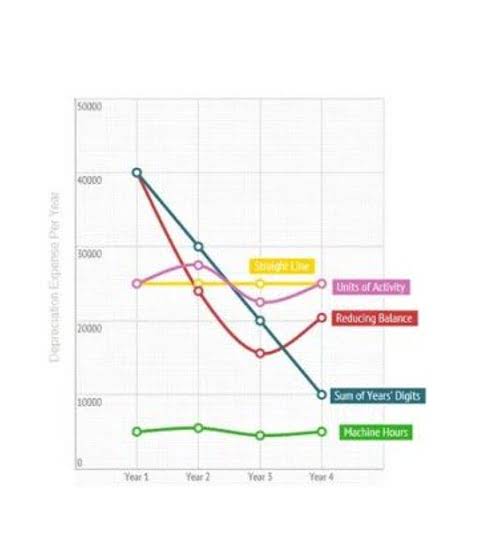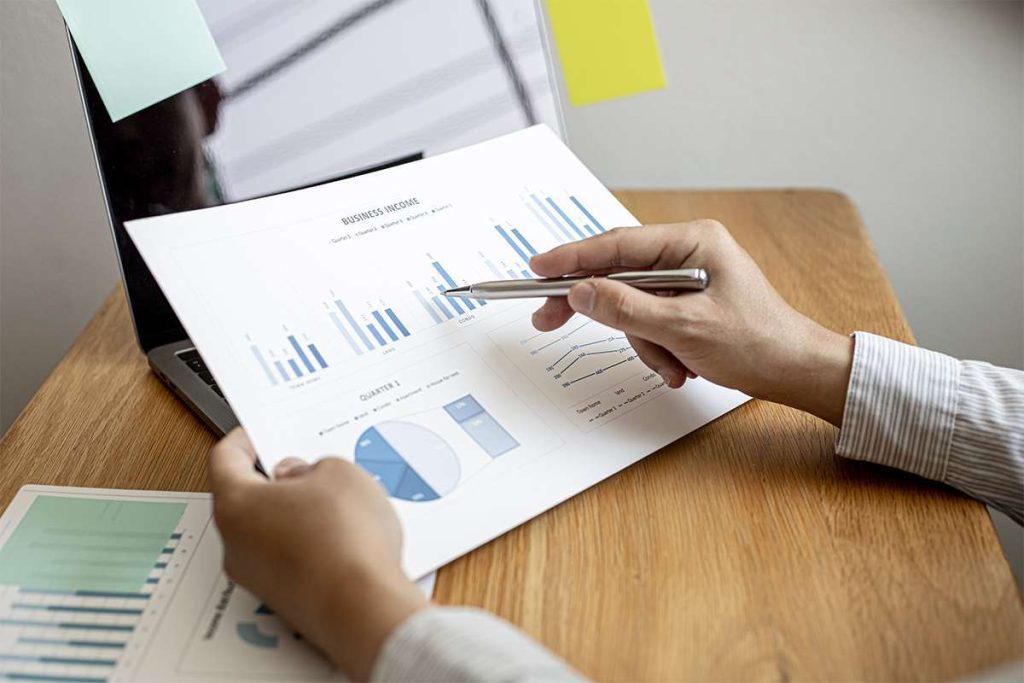
Protea Financial is here to help you understand the basics of wine accounting so that you can make informed decisions about your business. Even though a vineyard is on the cash basis, it needs to capitalize quite a lot of its initial expenditures. The problem is that it can easily be a half-decade – usually longer – before it begins to produce grapes in commercial quantities. And then there’s vine planting, and setting up windbreaks, and installing a trellis system, and training the vines to grow on the trellis system – and so on. The up-front investment is pretty incredible, which is why mostly rich folks own vineyards.

Gain financial literacy
First, most wine sales go through distributors, who demand some really aggressive pricing deals, to the point where a winery will probably only make a 20% gross profit on its distributor sales. This is opposed to the much smaller sales volume a winery generates through its tasting room or wine clubs, where the gross margins can be in the 70% range. So, because of the crappy profits on distributor sales, the winery really needs to know how much its products cost. First, wines could be kept in storage for more than one year, so you have to allocate costs not just to several types of wine, but also to several vintages of each varietal. And on top of that, the winemaster might decide to engage in blending activities somewhere in the production process, which mixes wines together, and, of course, complicates the cost accounting.
Medium Wineries: 50,000–499,999 Case Production
Inventory valuation is used to determine the value of your stock at any given time, which is important for making informed decisions about buying and selling inventory. And the second reason for a good cost accounting system is that the Internal Revenue Service demands it. The IRS wants to see the profit levels for each product sold, and proof for the calculations.
- A business line of credit is ideal for buoying you through those dips, because you can tap into it whenever you need, and you only need to pay interest on the funds you use.
- We will work with you to create accurate financial statements and provide guidance on making sound business decisions.
- Accountants typically have at least a bachelor’s degree in accounting, and many go on to become certified public accountants (CPAs) or certified management accountants (CMAs).
- Now one bookkeeper can manage the bookkeeping for several businesses in fewer than eight hours a day.
- Because the equipment itself acts as collateral, lenders care equally about the value of the equipment as they do your business’s financial track record.
- There are a few places in the chart of accounts, where we like to add additional accounts to keep track of details that we will need at tax time.
Navigate licensing, permits and taxes
Starting your winery is going to take you quite a bit of time, but if you follow these steps you’ll be off to a good start. Our monthly newsletter is your first step to running a profitable winery and crushing your business goals. QB Winery Solutions winery bookkeeping gives you the business knowledge you need to overcome the financial complexities of running a winery. Subsequently, Brent transitioned into multiple financial roles within both large wine enterprises and small, family-run businesses.
- It relies on accurate data input and recordkeeping to trace costs through the manufacturing process.
- In your first year alone, you’ll need to invest some serious capital into your wine business.
- Based on your winery’s unique requirements, we will customize an accounting solution specifically for you.
- Because invoicing can be in the short term or the long term, your clients may pay immediately, or upon receipt of products.
- Accurate valuation is crucial for financial reporting, pricing strategies, and tax calculations.
- The wineries prefer to use last in, first out costing to value their ending inventory, since it matches their latest costs against revenue, which should lower their taxable income.
What is a bookkeeper’s job?
If the production facility uses considerably more of the utilities than other portions of the facility, the allocation percentage can be adjusted. Join 500+ wine business owners in the know, getting the latest accounting news in the wine business. For example, if the area dedicated to packaging takes up to 30% of your total facility floor space, you can apportion 30% of your total rent and building insurance to package. Conversely, utilities are usually broken down by actual consumption per production stage, unless all departments are using nearly equal amounts of energy. That includes rent, depreciation, business or property insurance, maintenance, cleaning supplies, and property taxes. Every employee’s wages, benefits, and payroll taxes must be accounted for and apportioned.
Cost of goods sold accounts
Teri has successfully licensed numerous Wineries, Importers, Wholesalers, and Retailers across the United States, in addition to facilitating licensing for Foreign Importers. Today, Teri stands as one of the foremost compliance experts in the nation, celebrated for her in-depth knowledge and invaluable contributions to the wine industry’s regulatory landscape. Her extensive experience and dedication have solidified her reputation as a trusted authority in the field of wine compliance. Join 500+ business owners in the know, getting the latest accounting news in the wine business.

Once a methodology is determined and adopted, a winery can fine-tune its data capture and reporting procedures to ensure the information used to cost its products are accurate. In order for a winery to use LIFO for tax purposes, it is also required to use it for financial reporting purposes. Typically, wineries utilizing LIFO initially utilize SPID or FIFO for internal, managerial accounting purposes and record a LIFO reserve to adjust to LIFO for financial reporting and tax purposes. While those costs are being accounted for, it’s also vital to track the movement of your inventory. This includes keeping tabs on what materials and labor went into creating specific vintages and blends. A formal inventory valuation workbook completed at year-end can be used to report capitalized production costs, record correct inventory assets, and record COGS prior to tax prep.
Winery accounting that helps you grow.

These costs are only recognized as cost of goods sold as the wine is sold. This method is the only method that provides an accurate picture of profitability and financial health. Professional wine accounting services, like those offered by Protea Financial, provide expert guidance in managing complex financial aspects of the wine business. They offer services such as financial statement preparation, tax planning, inventory management, and cost analysis. Utilizing these services can improve financial accuracy, compliance, and overall business efficiency, allowing winery owners to focus on production and growth.
- The unauthorized immigrant population declined from 12.2 million in 2007 to 10.2 million in 2019.
- The costs of grapes, bulk wine, glass, and other dry goods must be assigned to separate wines and tracked by SKU.
- L.A.P. Company, Inc. provides business management and complete bookkeeping services.
- If you hate reconciling the bank accounts for your business, you aren’t the only business owner who feels that way.

Add Comment